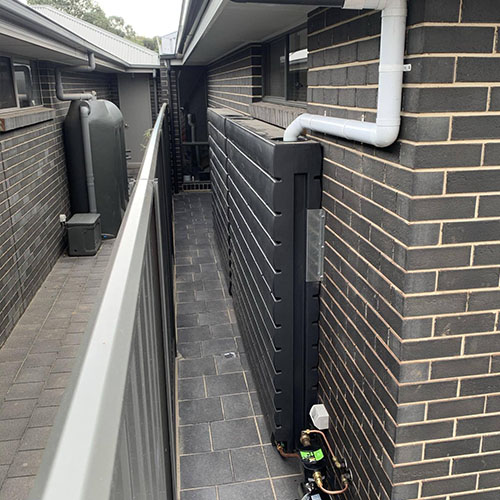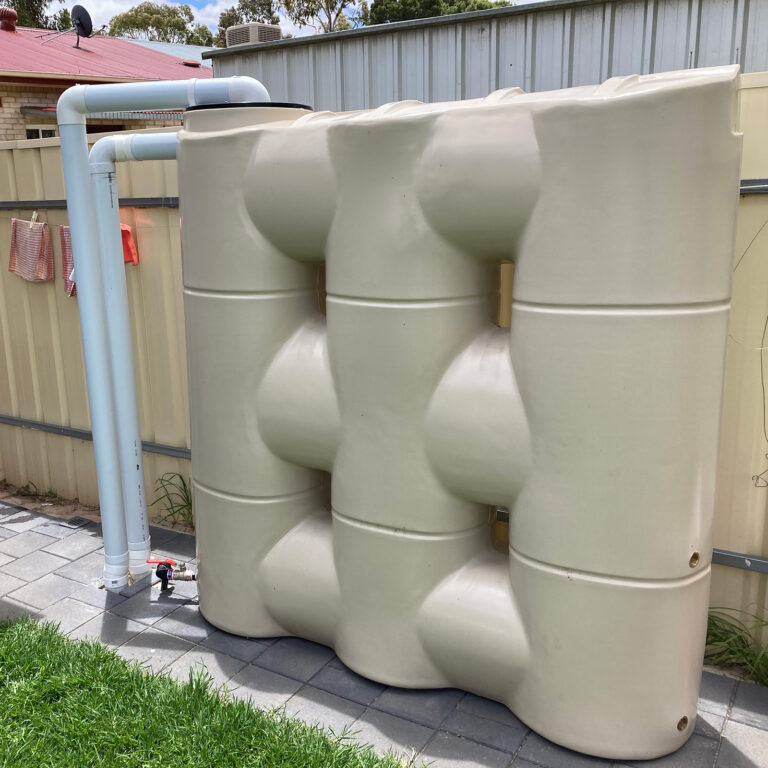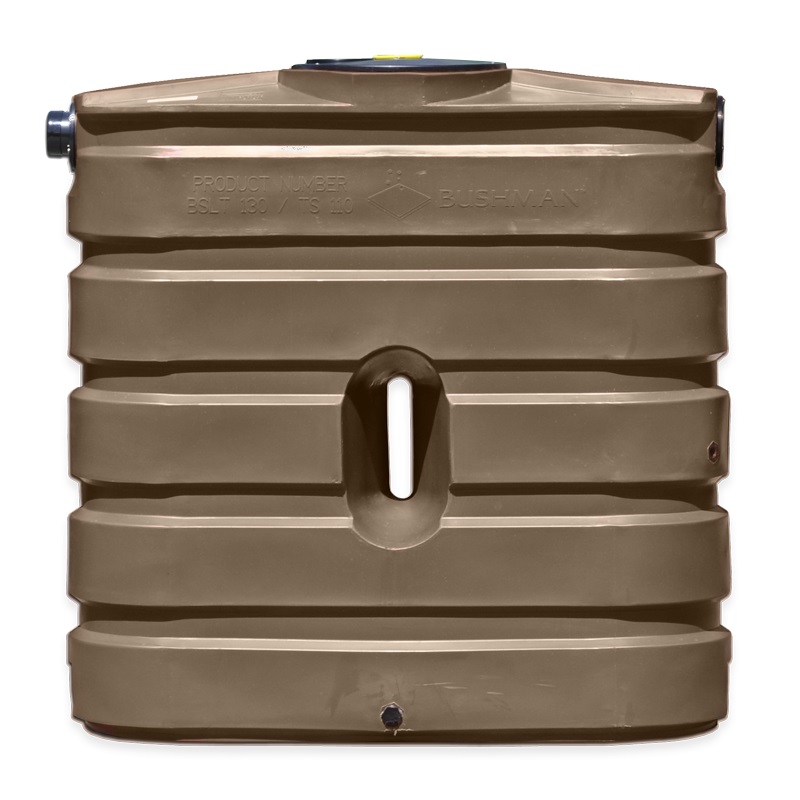Ideal Slimline Water Tanks: Resilient and Compact Water Storage Options
Ideal Slimline Water Tanks: Resilient and Compact Water Storage Options
Blog Article
Comprehending the Value of Rain Containers in Drought-Prone Regions for Water Security
In areas at risk to long term droughts, the function of rainwater tanks in bolstering water protection is a topic of expanding significance. As neighborhoods grapple with the challenges of water shortage, understanding the relevance of these containers surpasses simple collection of rain. Rainwater storage tanks act as an essential device in minimizing the effect of water shortages by giving a sustainable resource of water for different needs. Nonetheless, truth value of rainwater storage tanks prolongs much past plain storage space; it incorporates resilience-building measures and the promotion of long-lasting water preservation approaches. This diverse method to water security warrants a more detailed examination of the function rain containers play in making sure a reputable water supply during times of drought.
Advantages of Rainwater Tanks
Using rainwater storage tanks supplies a sustainable option for enhancing water supply and improving water safety in residential and industrial setups. One of the primary benefits of rainwater containers is their capacity to lower dependence on keys water supply. By capturing and saving rainwater that drops on rooftops, this alternate resource can be made use of for various non-potable purposes such as irrigation, purging bathrooms, and washing garments. This not just saves cured alcohol consumption water but additionally reduces water bills for individuals.

Rainwater Harvesting Techniques
Rain collecting strategies include a series of approaches designed to efficiently collect and store rainwater for various functions, adding to water preservation and sustainability. One common technique is the installation of roof catchment systems, where rainwater is collected from the roofing system of a building and guided to a storage space tank. This technique is fairly simple and cost-efficient. Another popular strategy is making use of above-ground or underground storage containers to store rainwater for later use. These storage tanks can be found in various sizes and materials to suit different needs and can be connected to the existing plumbing system for very easy gain access to.

In addition, rainfall gardens and absorptive sidewalks are innovative techniques that include landscaping or paving surfaces in such a way that allows rainwater to percolate right into the ground, restoring groundwater books. In addition, shape farming and terracing are farming practices that help record rain and protect against soil disintegration in hilly surface. By carrying out these diverse rain harvesting methods, neighborhoods can improve water navigate here security and strength in drought-prone areas while advertising sustainable water monitoring practices.
Relevance of Water Safety
Ensuring reputable accessibility to tidy and enough water resources is vital for sustaining human wellness, financial growth, and environmental health. Water protection is an essential aspect of social strength, particularly in areas prone to droughts and water scarcity. Sufficient water safety and security encompasses different measurements, including schedule, high quality, and accessibility of water for residential, agricultural, commercial, and environmental demands.
Water protection plays a critical role in promoting public wellness by lowering the frequency of waterborne diseases and making certain hygiene facilities. Financially, water security is crucial for agricultural performance, commercial operations, and general economic growth. Slimline water tanks. Furthermore, water protection is closely linked to ecological sustainability, as it supports ecosystems, biodiversity, and overall ecological balance.
In drought-prone areas, water safety becomes a lot more essential because of the heightened danger of water lacks. Executing strategies like rainwater harvesting, water recycling, and reliable water administration techniques can substantially boost water safety and security in these locations. By prioritizing water safety, communities can better hold up against the influences of climate adjustment, population growth, and other obstacles that endanger water accessibility.
Enhancing Water Durability
With boosting international water difficulties, developing strength in water systems has actually come to be a vital emphasis for lasting advancement efforts. Enhancing water strength involves implementing techniques to make certain water availability and top quality when faced with changing environmental problems, such as droughts, floods, and pollution.
One trick facet of improving water resilience is promoting the usage of rainwater containers in drought-prone areas - Slimline water tanks. Rain containers offer as a reliable methods of recording and storing rain for later use, lowering reliance on limited freshwater sources throughout dry periods. By including rain harvesting systems right into water administration plans, neighborhoods can boost their ability to hold up against water scarcity and preserve water protection

Lasting Water Conservation
Amidst intensifying water challenges, the sensible administration of water sources through lasting conservation techniques is essential for making certain long-term ecological stability and societal health. Sustainable water preservation entails the efficient use of water sources to satisfy present requirements without jeopardizing the ability of future generations to fulfill their own needs. By carrying out approaches such as rain harvesting, greywater recycling, and water-efficient modern technologies, areas can reduce water wastage and minimize pressure on freshwater sources.
Moreover, sustainable water preservation techniques add to ecosystem wellness by maintaining appropriate water degrees in rivers, lakes, and wetlands, supporting biodiversity, and protecting natural environments. These practices additionally play a critical role in minimizing the effects of environment adjustment by helping to adapt to changing precipitation patterns and water schedule.

Final Thought
In final thought, rain containers play a vital duty in boosting water protection and durability in drought-prone regions. By using rain harvesting strategies, neighborhoods can lower their dependence on conventional water sources and promote lasting water conservation methods. This not just assists alleviate the effects of water deficiency during droughts however likewise adds to lasting water safety and resilience despite climate modification obstacles.
Report this page